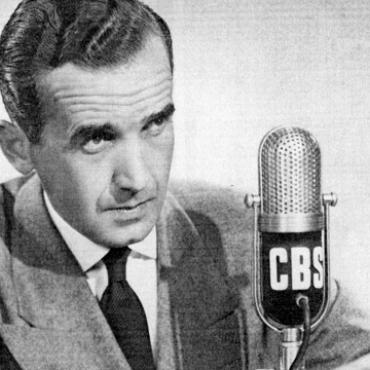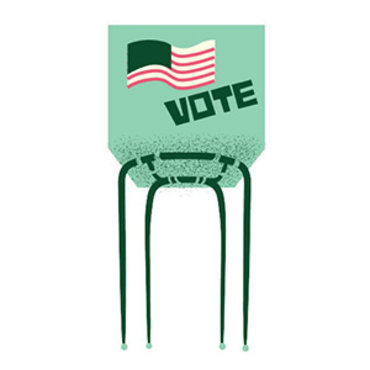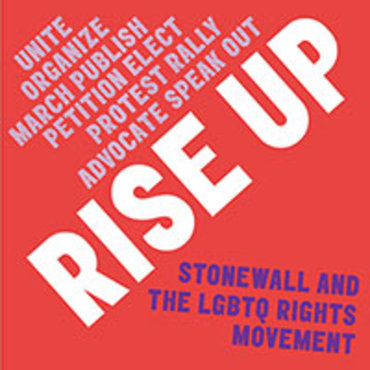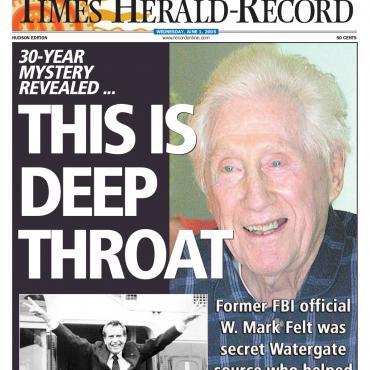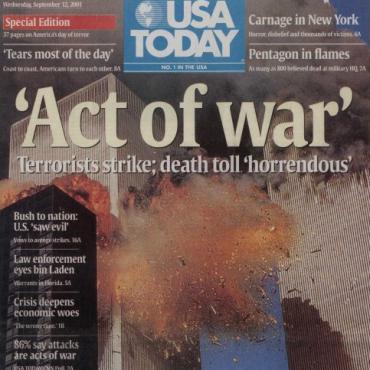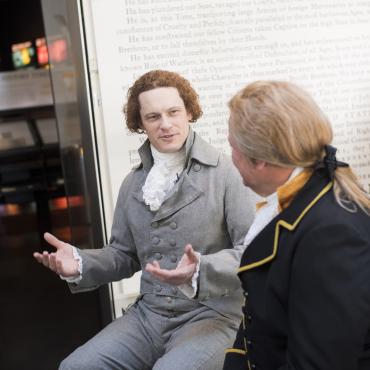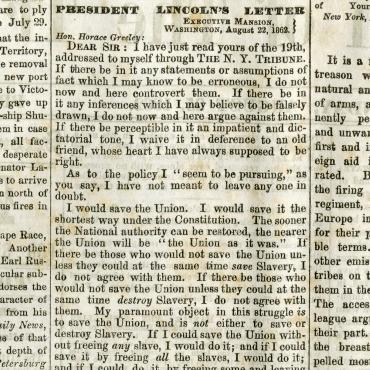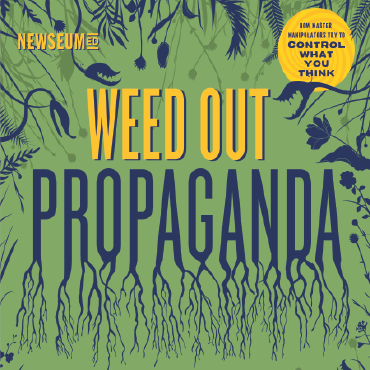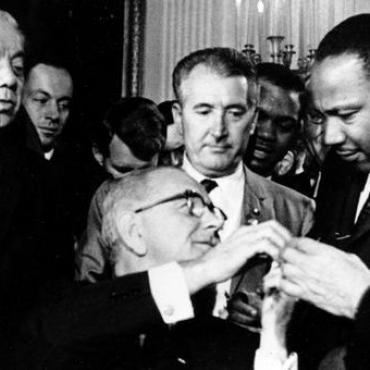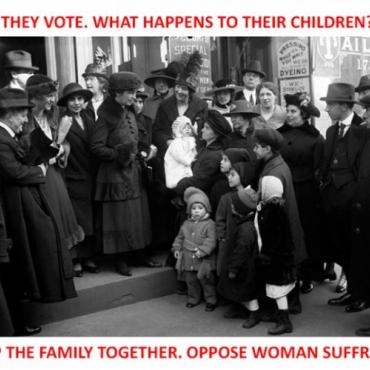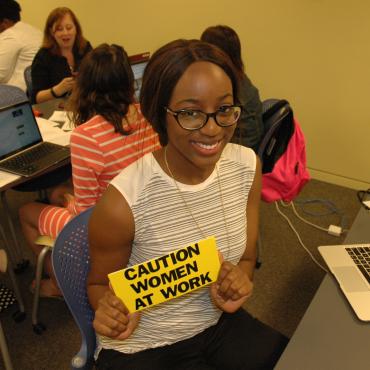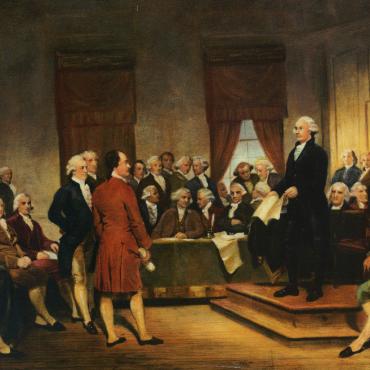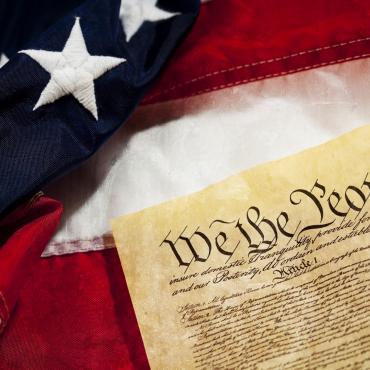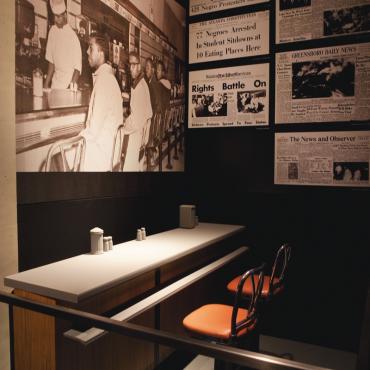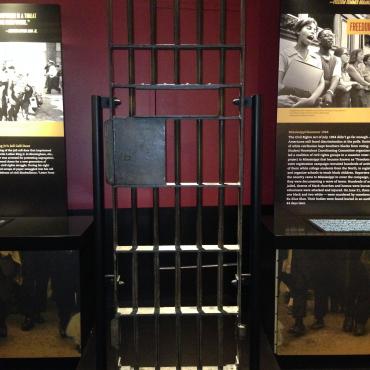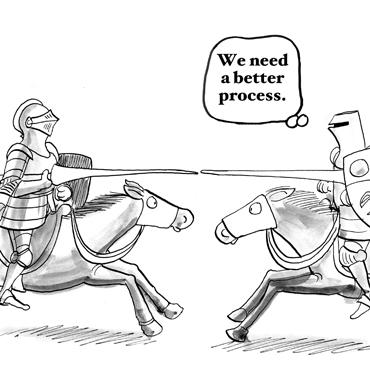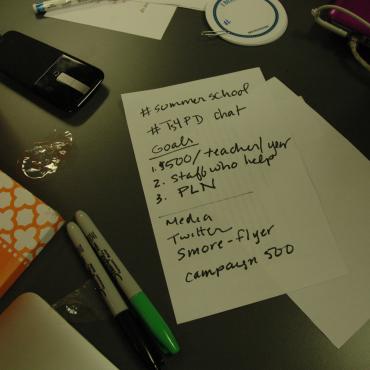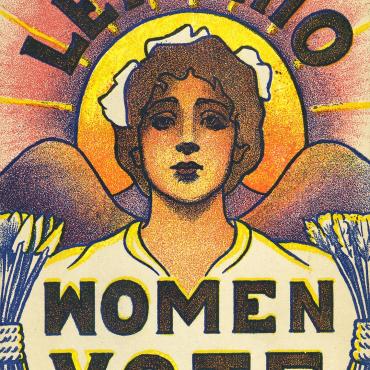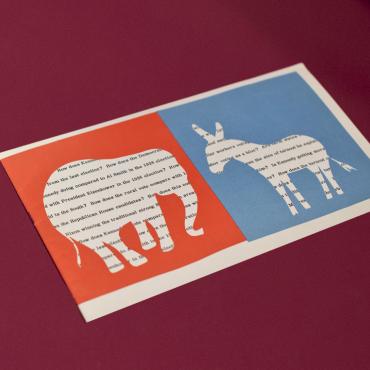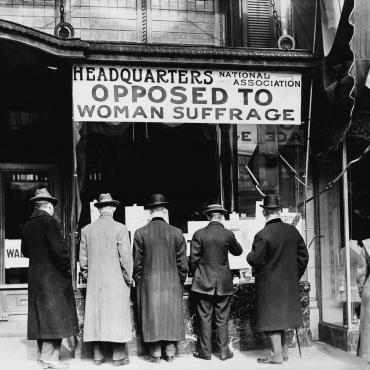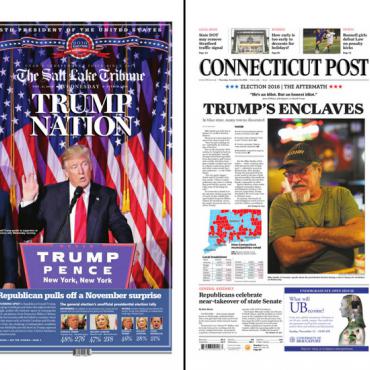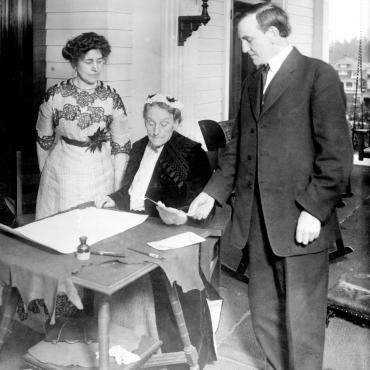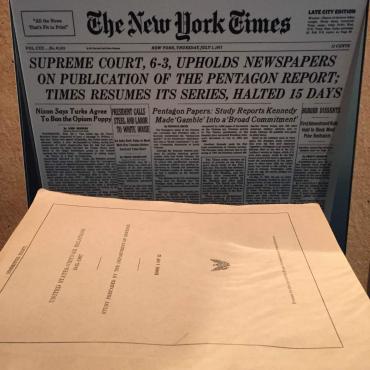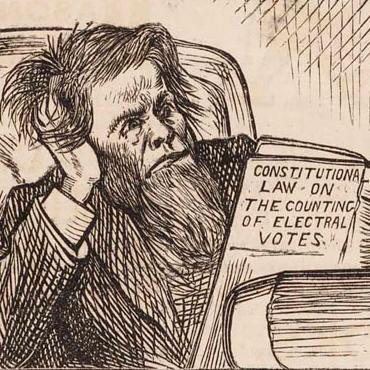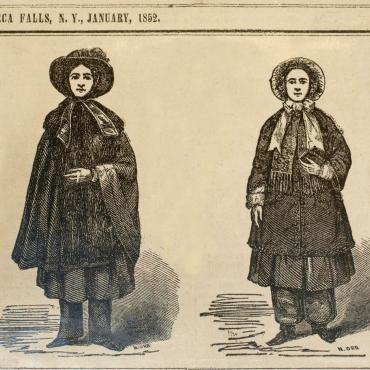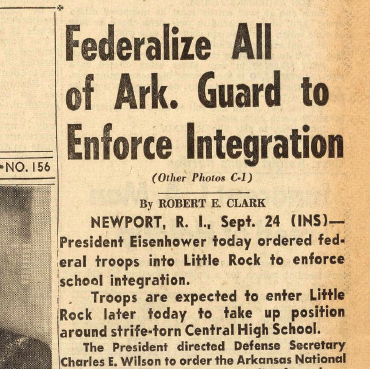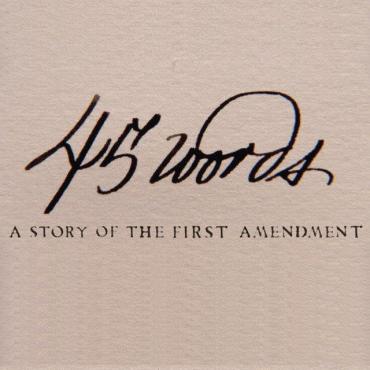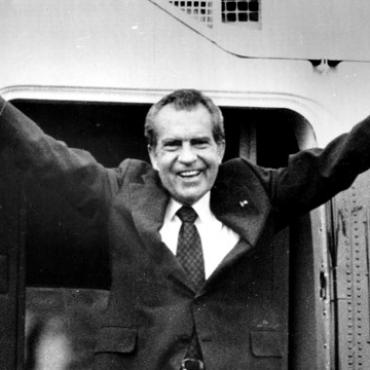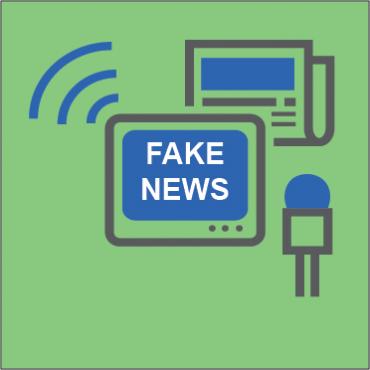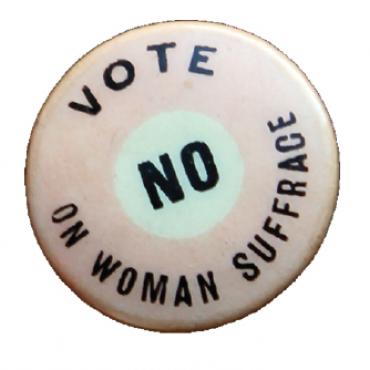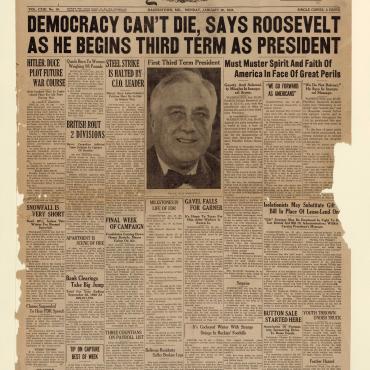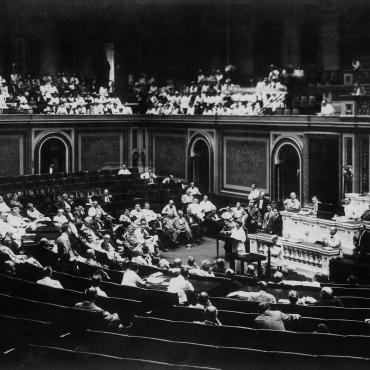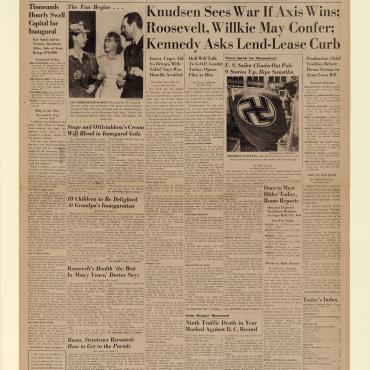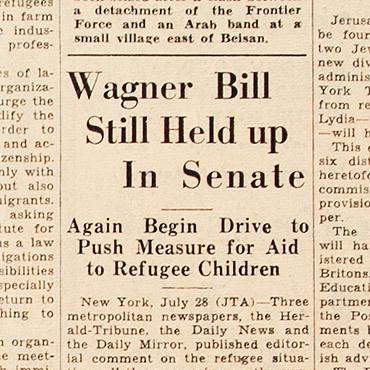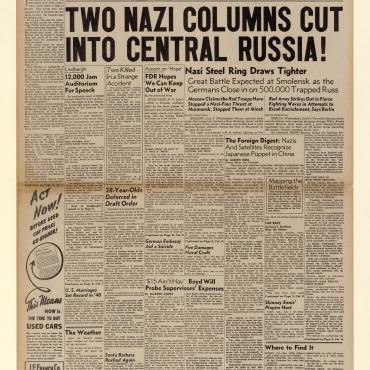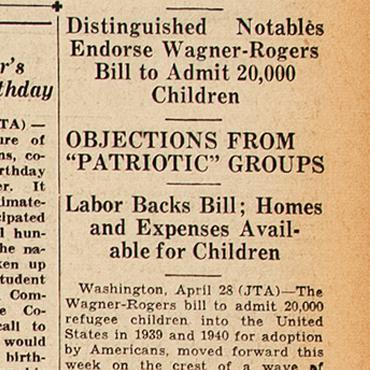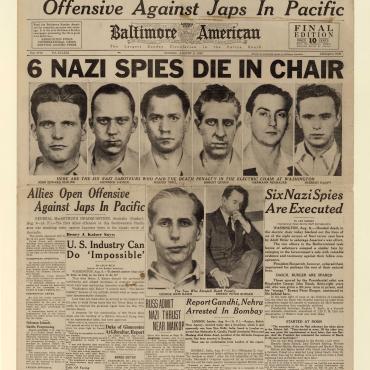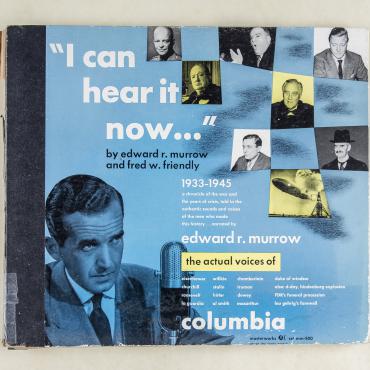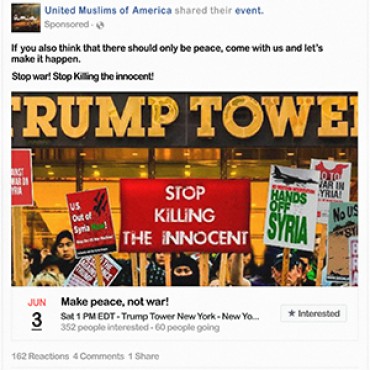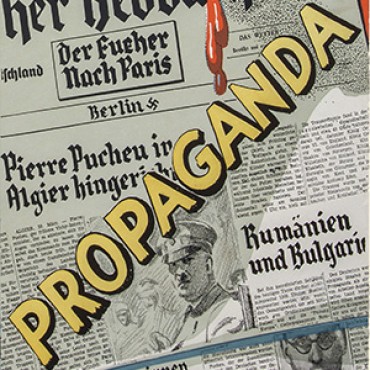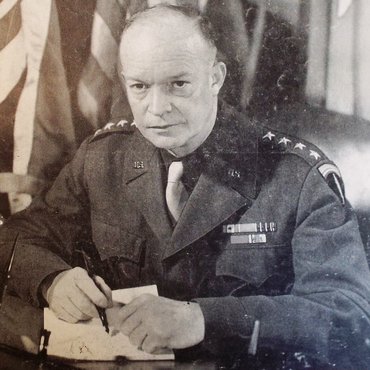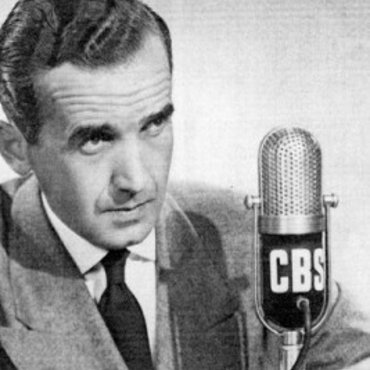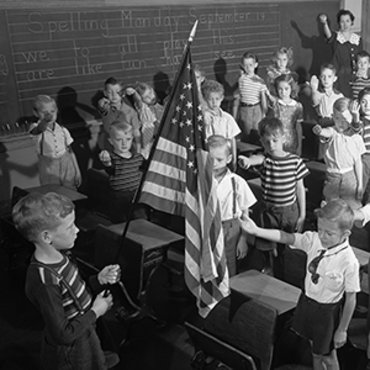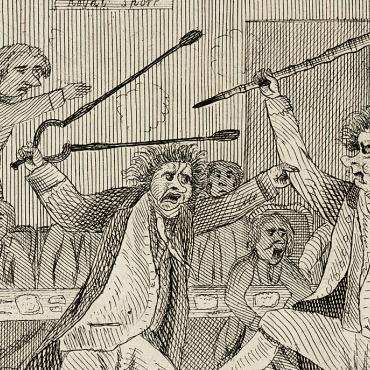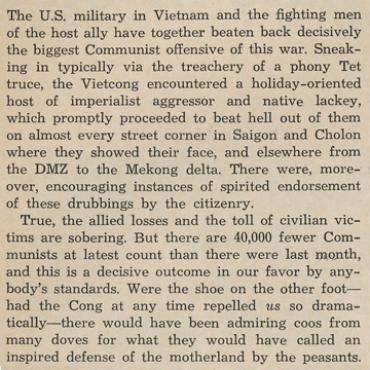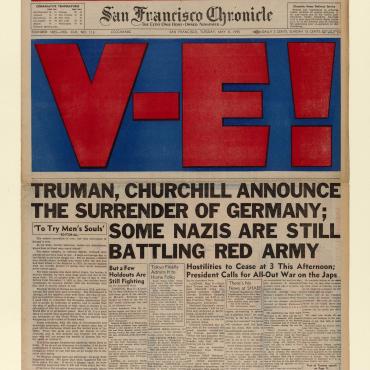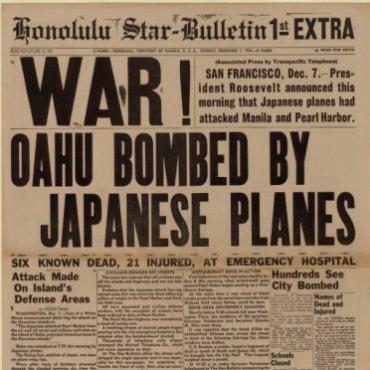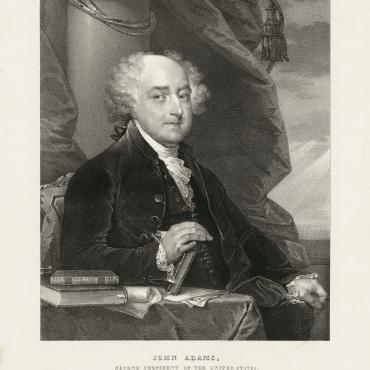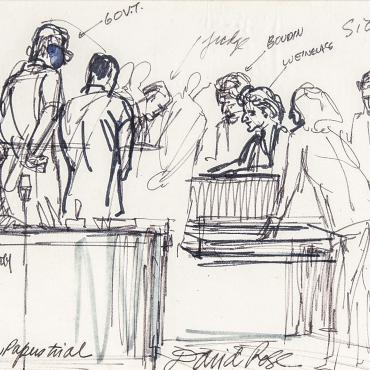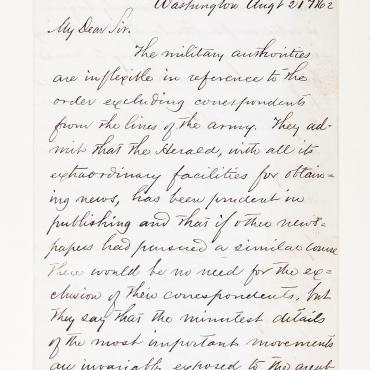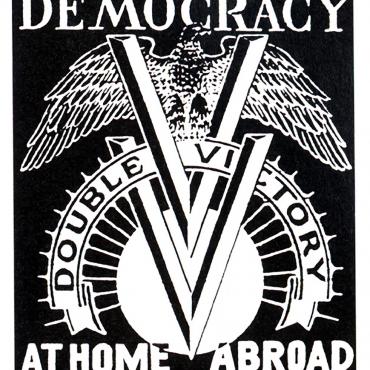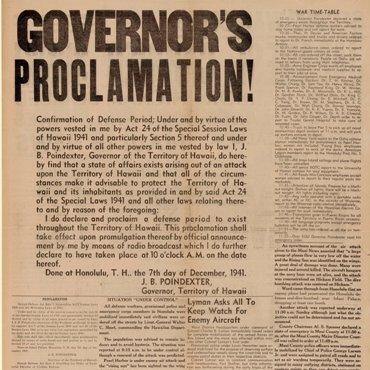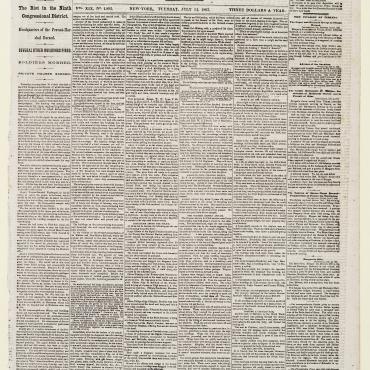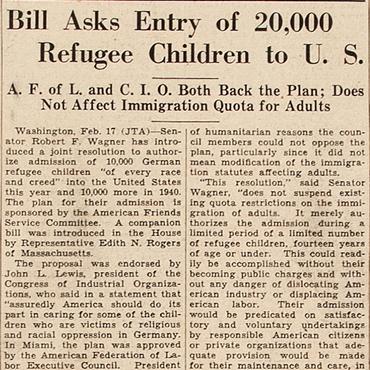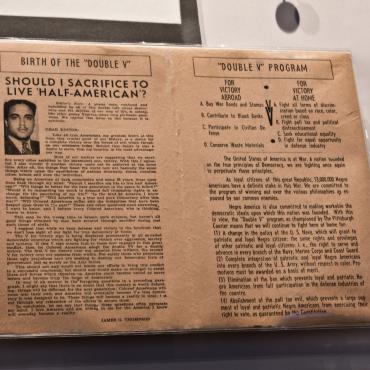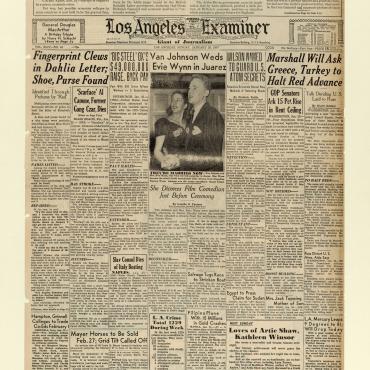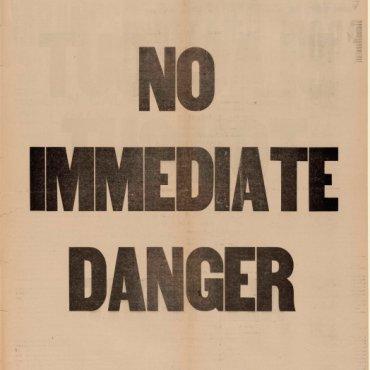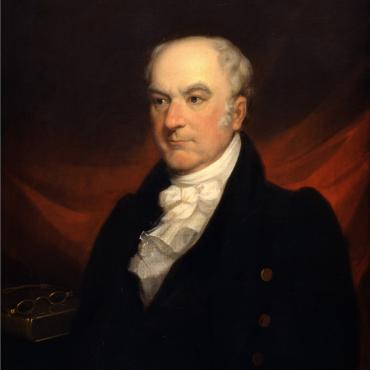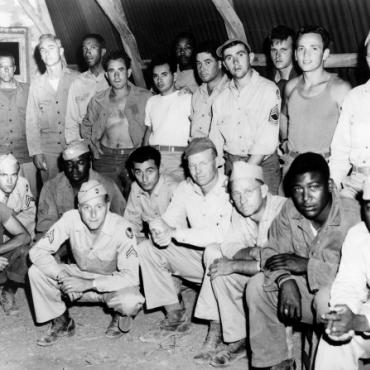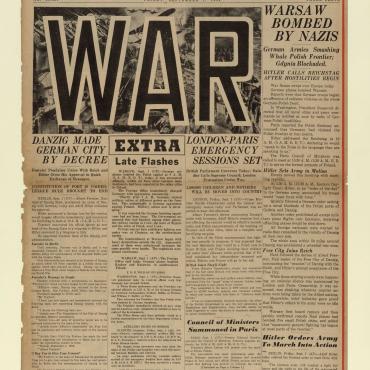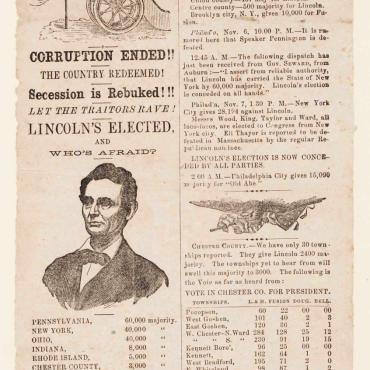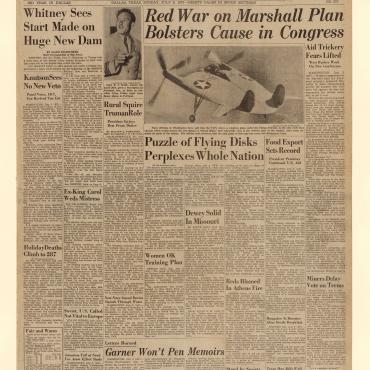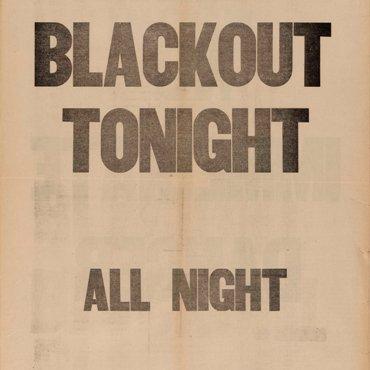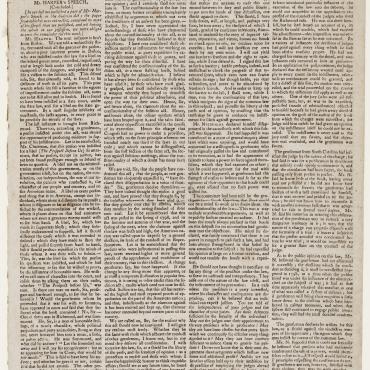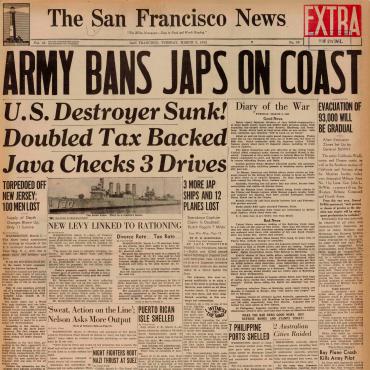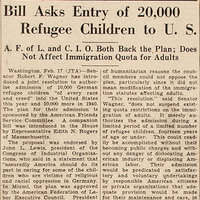
Teaching About Refugees During the Holocaust: The Wagner-Rogers Bill
Students learn how journalism and public opinion shaped policy decisions during World War II with a case study on the 1939 refugee bill and debate.
Get even more great free content!
This content contains copyrighted material that requires a free NewseumED account.
Registration is fast, easy, and comes with 100% free access to our vast collection of videos, artifacts, interactive content, and more.
NewseumED is provided as a free educational resource and contains copyrighted material. Registration is required for full access. Signing up is simple and free.
With a free NewseumED account, you can:
- Watch timely and informative videos
- Access expertly crafted lesson plans
- Download an array of classroom resources
- and much more!
- Politics
- War
- World War II
- 9-12
This lesson assumes that students have a basic understanding of social and economic factors influencing American attitudes and decision-making during the 1930s, as well as major events in Nazi Germany that resulted in a massive refugee crisis by the late 1930s. For additional information about Germany during the 1930s, see the U.S. Holocaust Memorial Museum’s Timeline of Events, and specifically for America’s response to the refugee crisis and the Holocaust, see “Confronting the Holocaust: American Responses.” For more on the debate surrounding the Wagner-Rogers bill, read this blog post with one of the Holocaust Museum’s historians.
Klevan is education outreach specialist at the U.S. Holocaust Memorial Museum.
By late 1938, Nazi policies had resulted in a massive refugee crisis, as Jews and other threatened groups attempted to flee the German Reich. During the spring and summer of 1939, intense debate raged in Congress and the press about legislation that — over the course of two years — would have allowed 20,000 refugee children (ages 14 and under) from the Greater German Reich into the United States outside of America’s restrictive immigration quotas. To inform their understanding of how journalism and public opinion shape policy decisions, have students analyze newspaper coverage of the Wagner-Rogers bill and the debate surrounding it.
- Assign the background information sheet as pre-class reading.
- As a class or in small groups, use the Reporter’s Questions worksheet to analyze the front pages below.
- As a group, discuss the following questions:
Role of the reader: What facts does each of the following articles from The Jewish Advocate report about the Wagner-Rogers bill? Who were likely the readers of The Jewish Advocate? How might that have influenced article placement, content choices and other editorial decisions?
Reporting versus Advocacy: Did The Jewish Advocate attempt to influence public opinion and political decision-making regarding the refugee crisis through its news coverage? If so, how? Given its readership, how significant was the impact likely to be?
- Tell students: By 1939, Nazi-led persecution and violence against Jews in Germany had been widely reported throughout the United States. However, despite widespread revulsion at the Nazi treatment of Jews, most Americans opposed allowing Jewish refugees into the country.
- As a class or in small groups, read the letters to the editor on NewseumED’s Wagner-Rogers bill Pinterest board.
- Discuss as a group: What arguments do these letters to the editor make for and against the Wagner-Rogers bill? What rationale does each author present for his or her opinion?
Use the website History Unfolded: U.S. Newspapers and the Holocaust to research how newspapers in your state or community reported on the Wagner-Rogers bill and the refugee crisis of 1939. In a written essay or classroom debate, compare and contrast what you find in your own newspaper with the articles reproduced here. What role should the media play? Should it provide facts that inform the public and government officials, influence public opinion and policy, both? What’s the best way for the media to do this? What are limitations of the media?
